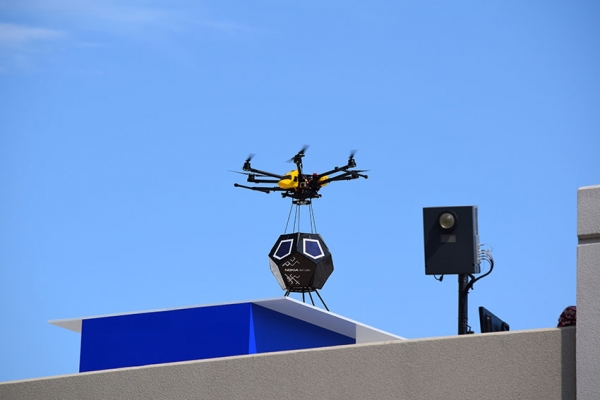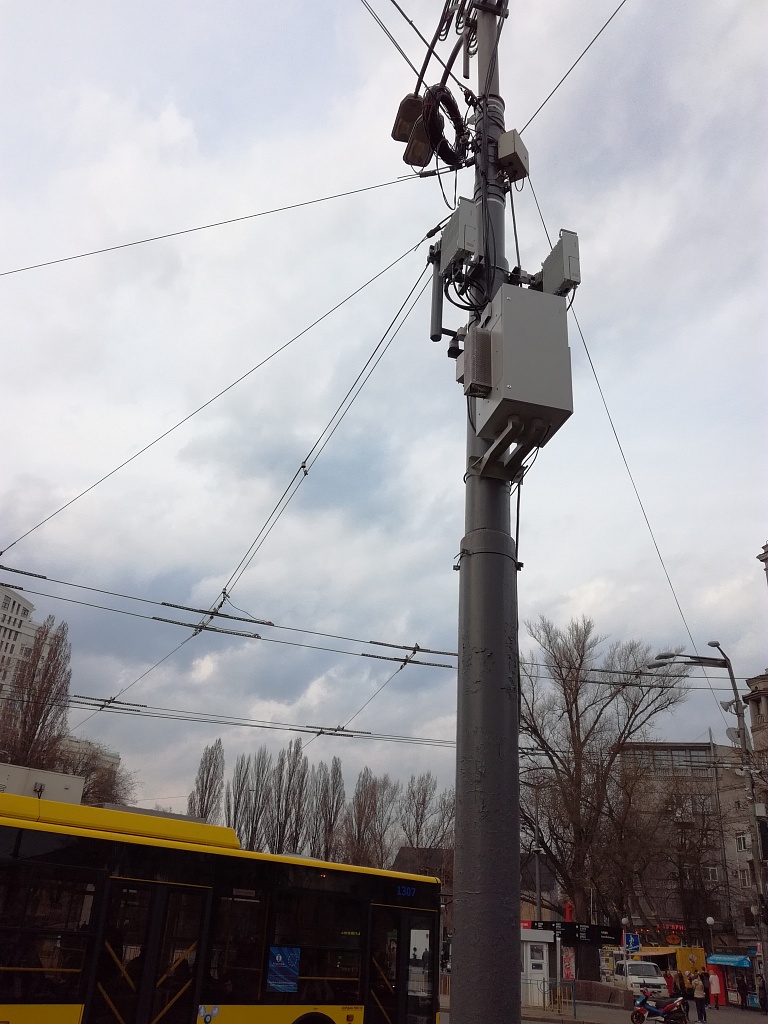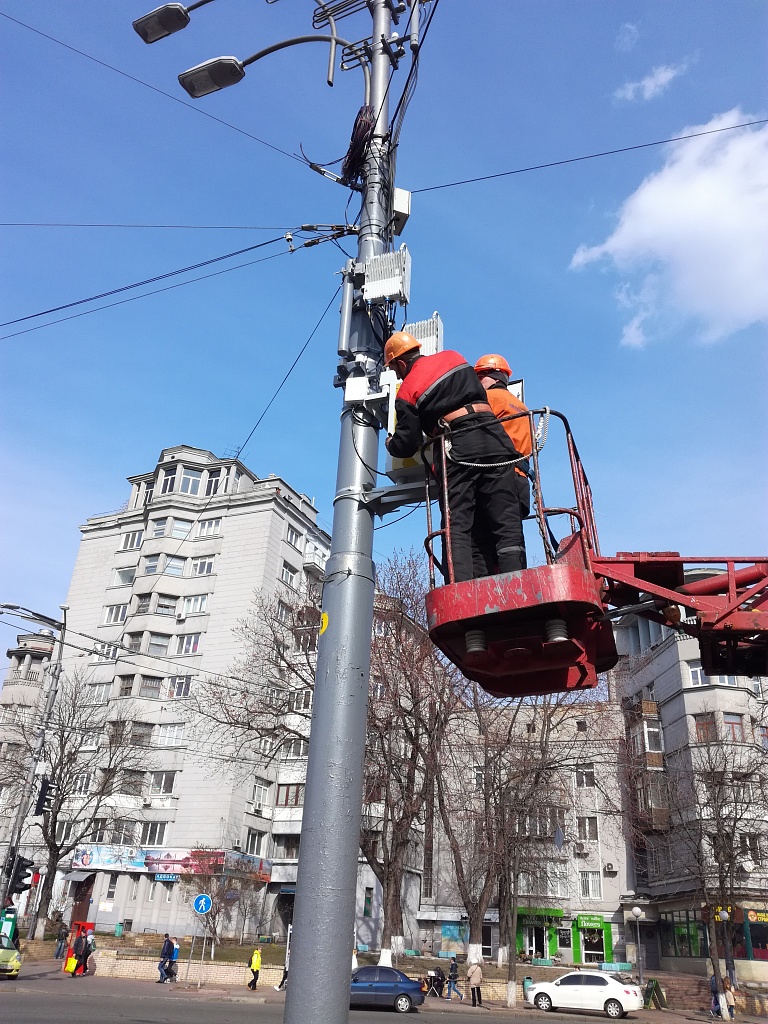 Small cell technology is a great idea for increasing coverage and bandwidth in certain areas. Some even wondered if a network of small cells could be be the cure to the rural connectivity problem that's been a thing pretty much since dial-up stopped being viable. There are some problems associated with small cell technology, though, and these are problems that may have worked around with its new decisions.
Small cell technology is a great idea for increasing coverage and bandwidth in certain areas. Some even wondered if a network of small cells could be be the cure to the rural connectivity problem that's been a thing pretty much since dial-up stopped being viable. There are some problems associated with small cell technology, though, and these are problems that may have worked around with its new decisions.
Increasingly dense networks better support end-user data demand, particularly in high-traffic areas. To provide this type of pinpoint capacity and coverage, operators often use small cells, although large-scale small cell deployments have not kept pace with projections largely due to challenges related to site location. Essentially, to deploy small cells in an affordable, scalable way operators need a one-size-fits all process. But, due to the required concurrency with municipal officials in any jurisdiction targeted for a small cell, the process is inherently not repeatable.
Many successful small cell deployments involve strong coordination and cooperation with municipal leaders, as well as ready access to pole facilities, including traffic signals, street lights and utility poles.

Naturally, questions arise about connecting power to this equipment. They are diverse. There are even power supplies from high-voltage contact networks used by city electric transport, trolleybuses and trams. The converter is designed to supply small cells with a stabilized DC voltage, with rated power up to 2500 W from the contact network of city electric transport with a nominal value of voltage 660 V, or even up to 825 V. The power unit withstands short-time impulse overvoltages up to 3000 V. In this case, the output DC voltage of the unit can make 24 or 48V, with a change from 1 to 40 A. It is possible to remotely monitor and control the unit, up to the disconnection from the contact network A switching device that provides an apparent rupture of both poles of the voltage supply unit. Such a device is supplied by the Ukrainian company OLLI TRANS.

There are some exotic decisions. Nokia said it has found a way to solve small cell backhaul and power challenges for operators by using drones. The technology comes out of the Bell Labs unit Nokia acquired when it bought Alcatel-Lucent.
The solution will use drones to deposit solar-powered units called F-Cells on rooftops, and these will connect wirelessly to 64-antenna massive multiple-input multiple-output systems. Each antenna system will support eight F-Cells.
In a recent test in Silicon Valley, an F-Cell was installed by a drone and then the unit self-powered, self-configured, and automatically connected to the network. No fiber or power cables were used.

Nokia said that its F-Cell solution will support non-line-of-sight wireless networking in frequency division duplex or time division duplex mode, and the parallel operation of up to eight individual 20 megahertz channels allowing for a system throughput rate of roughly 1 gigabit per second over existing LTE networks. The company foresees the architecture scaling to eventually support more than 10 Gbps by using higher spectral bandwidth, new spectral bands and a larger number of antenna arrays. This vision gave the F-Cell its name: The ‘F’ stands for future.